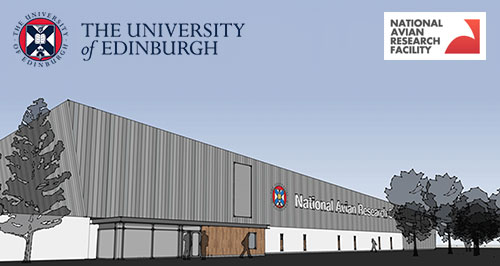Installations for commercial, municipal and residential developments
Floor prevention to existing buildings, including basements and ground floor,Retrofitting drainage systems
Designing an Engineered ECO-90™ System
It is vital to investigate any site where an ECO-90™ system is being considered. The system requires an understanding of soil stratas of any site to a depth of 12 metres and to know the height of the water table.
We follow a three-stage approach to designing an ECO-90™ system:
Stage 1
We produce a desk based geo and hydrogeological report, using British Geological Survey records. This is a good indication of what soils and rock stratas are likely to be encountered on site and also the probable height of the water table.
Stage 2
Provided the Stage 1 report is positive for ECO-90™ system, we move to test-drilling to a depth of 12 metres or to the ground water level if higher. We conduct a minimum of four clusters of four drilled holes across a site. The clusters are drilled holes to a range of depths: 2.5m, 3m, 6m and 12m. For this we use a geo-hydraulics failing head test to a range of depths from which we extract infiltration rates.
Stage 3
The test-drilling results are then provided to a Consulting Drainage Engineer who uses micro-drainage software to perform calculations regarding required storage capacity (attenuation), ECO-90™ outflow rate and half drain-down time. From this the Engineer produces a Drainage Design Statement (summarised in the example table below) showing the required size of:
- The infiltration trench (soakaway)-this is needed to buffer storm water from major rainfall events
- The ECO-90™ array(s)-these are located at the base of the infiltration trench.
To err on the side of caution, the Engineer applies a safety factor against infiltration rates and also assumes no later infiltration as this takes times to establish and cannot be recorded at test-drilling stage. The maximum storage volume is based on required parameters, typically in a 1 in 100 year event plus 40% climate change allowance.
| Max. Storage Vol. M³ |
Infiltration Trench Dimensions | No. of Clusters |
Length of Bore Holes |
Length of ECO-90™ |
Storage in Bore Holes M³ |
Storage in Trench M³ |
||
| Length | Width | Depth | ||||||
| 79 | 80m | 3m | 0.91m | 240 | 2450m | 2190m | 13.7 | 65.3 |
Installing ECO-90s™ to form a complete drainage system
When ECO-90s™ are installed as an array beneath an infiltration trench they form an unrivalled natural storm water drain up to 12 meters deep, dealing with storm water at source.
For construction projects, including satisfying a Drainage Design Statement and Sustainable Drainage System (SuDS) regulations, the system design will incorporate an infiltration (storm water) trench to deal with any required sudden storm water storage, with ECO-90s™ then draining down the trench to unsaturated soil stratas (as shown in the above illustration). To deal with slit and pollutants the storm water moves through a slit trap and then enters the trench. The trench has a geotextile filter, Inbitex that encourages the formation of microbes that in turn degrade hydrocarbons (oils).
The Drainage Design Statements, including the size and location of the infiltration trench are completed by an independent firm of Consulting Drainage Engineers as a turn-key solution. However, they can also act in a consulting capacity to Architects and other Consulting Engineers, with no need to engage with their client.
ECO-90™ Construction at Scale
Newcastle High School
Construction: Drainage system for Astro Pitch
Impermeable area: 11,000 m²
Storm water storage requirement:512 m³

Edinburgh University
Construction: Drainage system for New Build, Avian Research Centre
Impermeable are: 10,000 m²
Storm water storage requirement: 360 m³

Motor Point
Construction: Drainage system for New Showroom and Forecourt
Impermeable area: 5,811 m²
Storm water storage requirement: 155 m³




